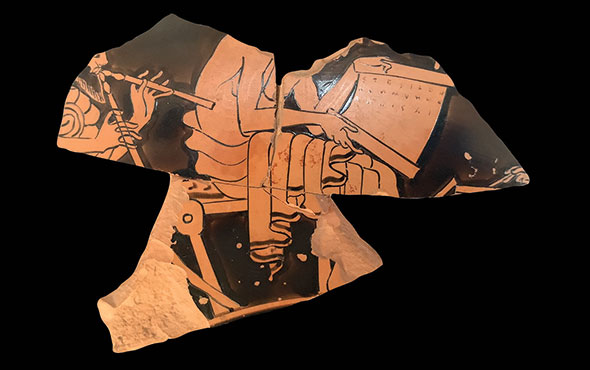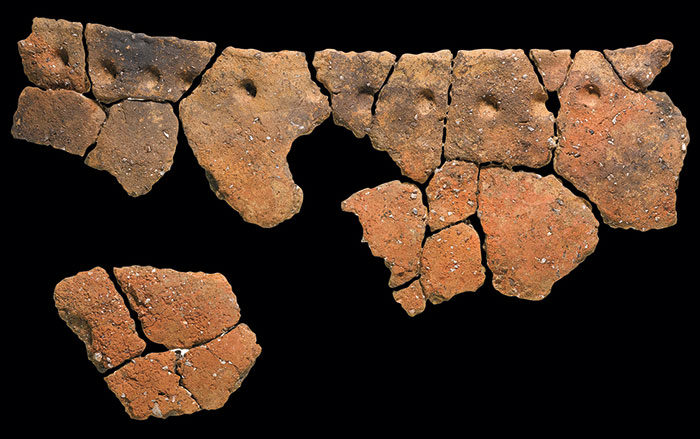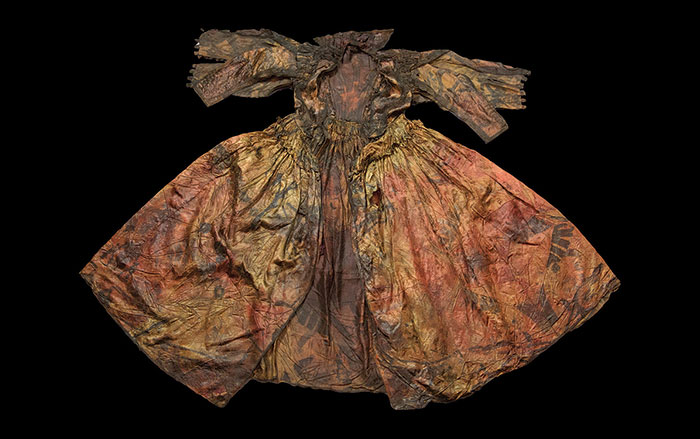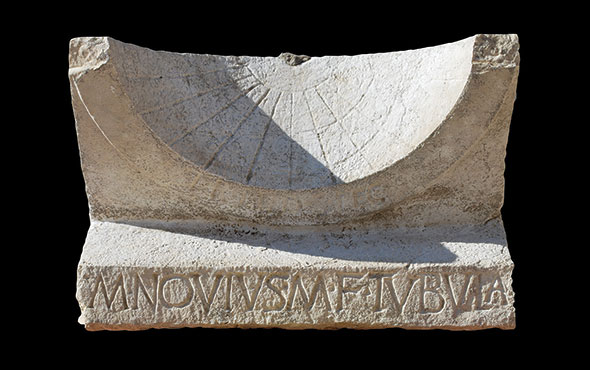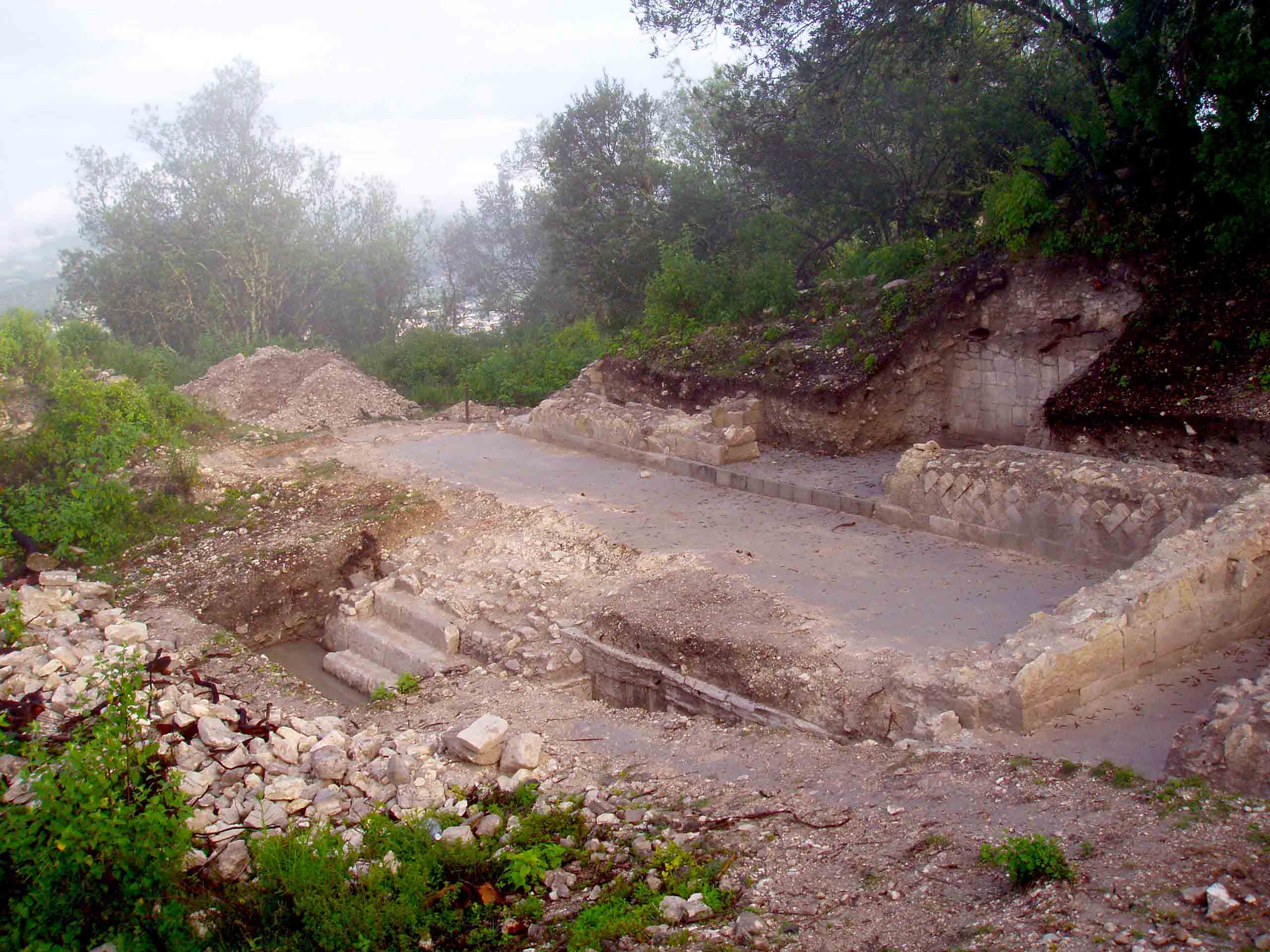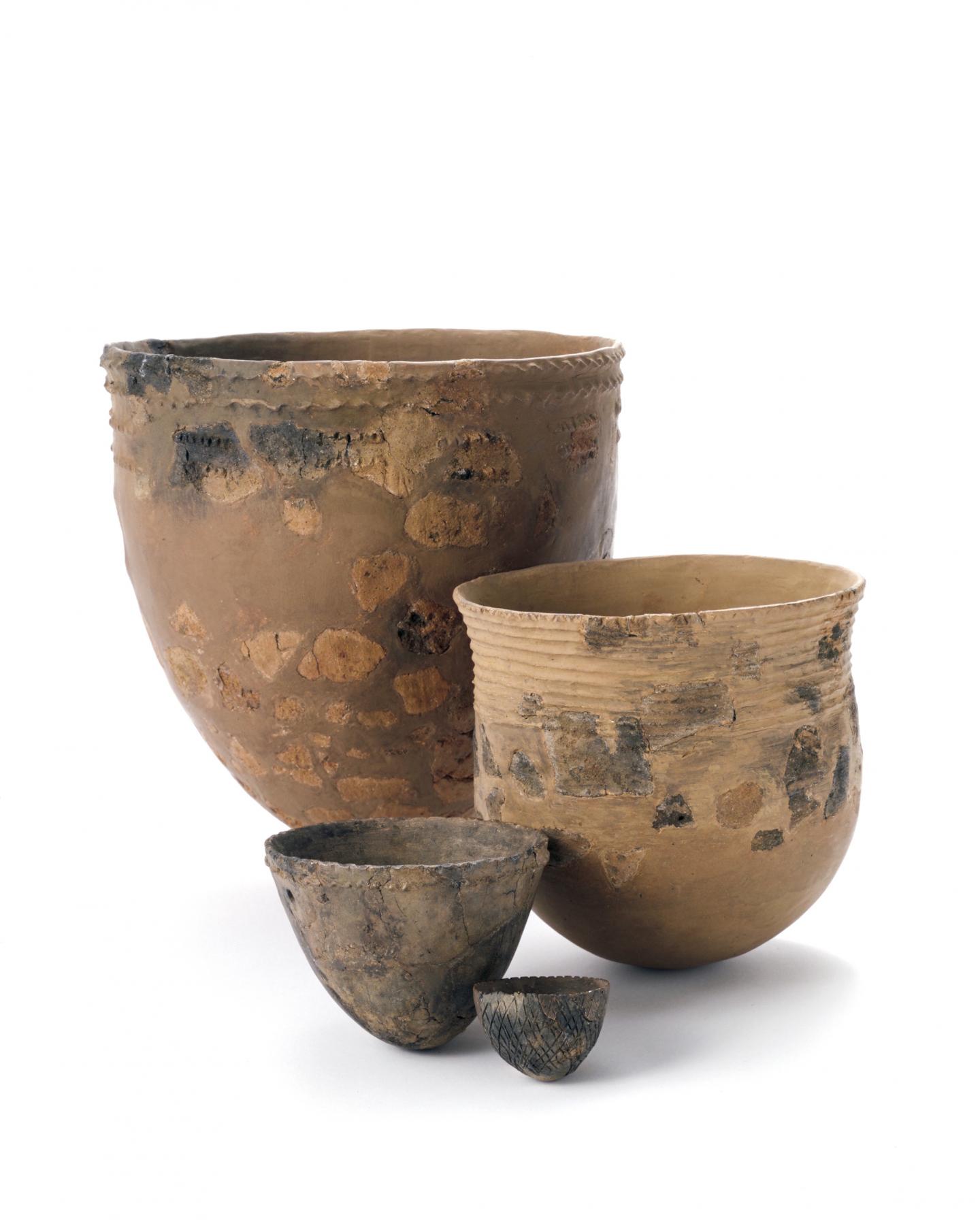
YORK, ENGLAND—According to a report in Cosmos Magazine, archaeologist Alex Lucquin of the University of York and colleagues analyzed residues obtained from more than 800 ancient pots recovered from more than 46 sites in Japan, and found traces of seafood in all of the samples—even on the pots found inland. It had been thought that the expansion of forests in southern Japan after the last Ice Age would have shifted people’s diets towards foods obtained from hunting and gathering on land. Instead, it appears that people developed more intensive fishing strategies. The scientists were even able to determine the type of seafood from the charred, fatty deposits. Salmon was the most common fish detected in the oldest pots, which date back about 11,000 years. Other marine and freshwater fish, molluscs, and marine animals were processed and stored in the pots more frequently as the climate warmed. For more, go to “Japan’s Early Anglers.”


